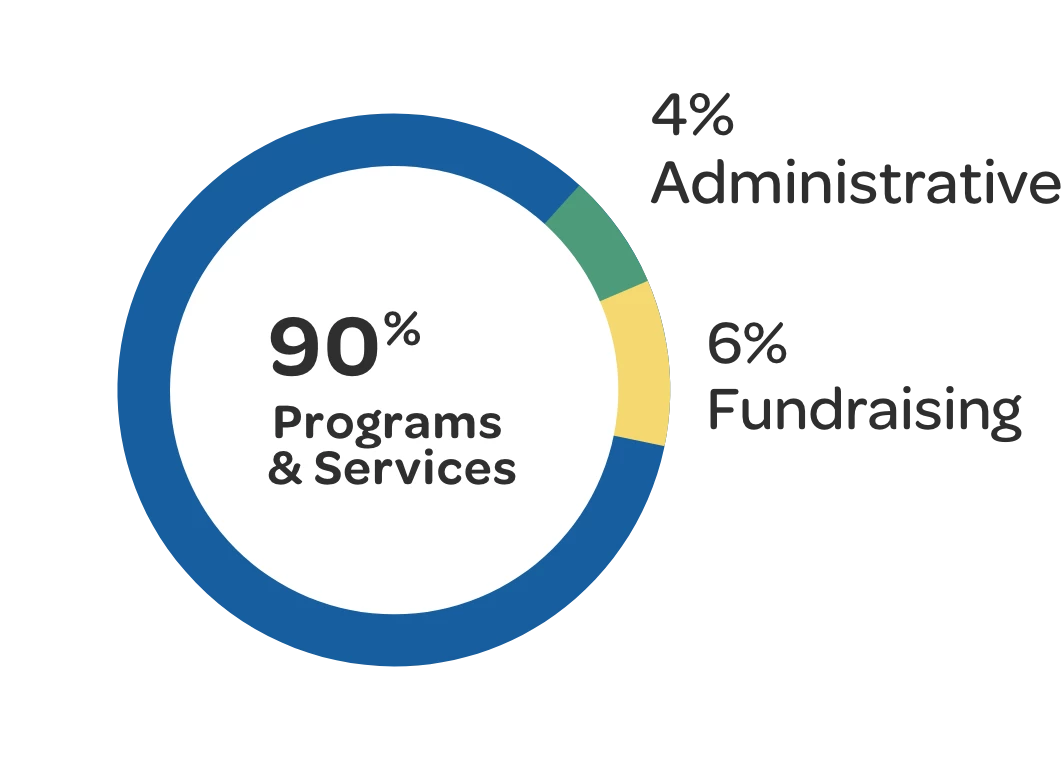The brief answer
It depends on its use.
If the building is a home the owner lives in as a primary residence, the owner pays no zakat on it.
If the structure is acquired for the purpose of selling it for profit, it is treated as a trade good and zakat is paid on it once an Islamic lunar zakat year (hawl) following the conditions of any other zakatable wealth. So one pays zakat either out of its sale proceeds or on its value, like inventory.
If the building is an asset used for growth of wealth – called an “exploited asset” – meaning the structure itself remains with its owner as permanent capital but the building itself generates income, then the owner pays zakat on it according to how it generates that wealth.
Can you define exploited assets in more detail?
Exploited assets are considered a form of business wealth. “Trade goods” are themselves transferred to other parties (in a sale). Exploited assets remain with the owner as permanent capital. They are possessions obtained, not for resale, but to generate income and to provide benefits to their owners. These include assets rented for profit, such as residential buildings (and anything else rented out for profit or that produces wealth growth.) The important zakat point here is that the owner pays no zakat on the exploited asset itself but does pay zakat on that asset’s wealth growth or profit.
What if it is a building that does not generate income but enables you to get income from other assets?
Such a building is called a “fixed asset.” An owner uses a fixed asset so that other assets produce wealth growth or profit. Fixed assets – like store fixtures, computers, tables, warehouses that are not rented out but used to actually store assets or run a business, etc. – an owner pays no zakat on.
How can I determine if my asset is fixed or exploited?
If the building asset is generating profit in and of itself – like a hotel does – it is exploited and zakat is due on it. If the building asset is not generating income – like a warehouse that only stores assets for an owner’s business or helps an owner run a business but produces no income itself – it is a fixed asset, with no zakat due on it.
How is zakat paid a building that is an exploited asset?
There are two relevant legal opinions, traditional and modern. In the traditional opinion, you pay zakat on an exploited asset from the wealth growth, or profit, it has generated plus its appraised value at 2.5 percent, based on the zakat rate of income, once each zakat year (hawl). The zakat payer deducts costs (taxes, wags, debt, maintenance, etc.) from the growth of an exploited asset, and figures in good or bad loans to others accordingly (see Loans and Zakat). So a simple formula after deductions for this ruling would be as follows:
asset (hawl) income + asset (hawl) value x 2.5% = due zakat (on zakat due date)
How is income calculated for the zakat year on an exploited building?
The passage of a zakat year does not apply on individual payments received through rent or as earned income. It means that the net earning and value of the asset – even a rental fee that comes in the day before the zakat year ends – is calculated and paid on the zakat due date. The zakat must be paid on an established annual date in which one pays zakat on all income.
You cited a “traditional fiqh ruling.” What is the modern scholarly opinion for zakat on exploited assets?
The modern opinion has become increasingly recognized as a sounder legal ruling.
The late Shaykh Yusuf Al-Qardawi (and three other modern scholars that preceded him) base their ruling on zakat on exploited assets on an analogy with zakat due on agricultural land (with some modifications). Notably, they add in their ruling the fixed assets of industrial equipment, manufacturing plants, and machinery on the grounds that they are not tools of a craftsman (which have no zakat due on them, like a plumbers tools or a scholars books, etc.), but are rather productive and growing capital, and so should have zakat assessed and paid on them, as well.
Shaykh Yusuf makes a further distinction between these productive assets by categorizing them as “fixed” (the industrial plants, etc.) or mobile (like vehicles or honey-producing bees). The analogy with agriculture is that while its land is zakat-exempt, the growth of the land (i.e., the crop) is zakatable at the rate of 10 percent of the net harvest value, if naturally watered, and 5 percent of the harvest yield, if irrigated.
So Shaykh Yusuf likens productive exploited assets that are fixed, and fixed industrial assets, to the non-irrigated crop zakat rate (10 percent) “when it is possible to know the net income after deducting costs, as is the case in business corporations.”
But if it is difficult to determine net income, then “Zakat is calculated at the rate of 5 percent of the profit” for the exploited assets that are fixed and fixed industrial assets (see Al-Qardawi, Fiqh az-Zakat, 305-06).
He also notes that all forms of productive capital that produce profitable investment, even in the agricultural business sector (this is different than family farming), should be treated like exploited and fixed assets (as, say, rented buildings or factories), using the same zakat criteria and calculation methods. (See Is Zakat Owed on Rental Property?)
You said a year does not have to pass on received payments from an asset for zakat to be paid on it. Please explain this?
In both opinions cited here about zakat on of productive assets, a zakat year only has to pass on the nisab, or wealth threshold at which zakat becomes due on that wealth-type) (See Nisab and Zakat Calculation in a Nutshell).
The practical difference between the two rulings (the modern one based on analogy with agricultural land, the traditional one on income) is only the zakat rate. But both opinions say that the hawl, or zakat year, need not elapse over all the wealth before it is zakatable.
This is true for crops. Their zakat is due upon harvest, for obvious reasons. But it also holds for other zakat models under these opinions. Their zakat comes due on the zakat maturity date.
Like the multi-seasonal harvest of a crop, or mined minerals, the collection of productive assets is multiple (throughout the zakat year). Therefore, the zakat must be paid on the accumulated amount on the zakat due date. The hawl (zakat year) for all of these must elapse on the nisab only.
This can be a point of confusion, so it should be emphasized. With (productive) fixed and exploited assets – just like with personal wealth – zakat is paid on all net income for the zakat year. It is paid on the zakat due date for everything that remains with one after basic living expenses for oneself and one’s dependents have been paid out for that year. So a zakat year does not have to elapse on each dollar received.







